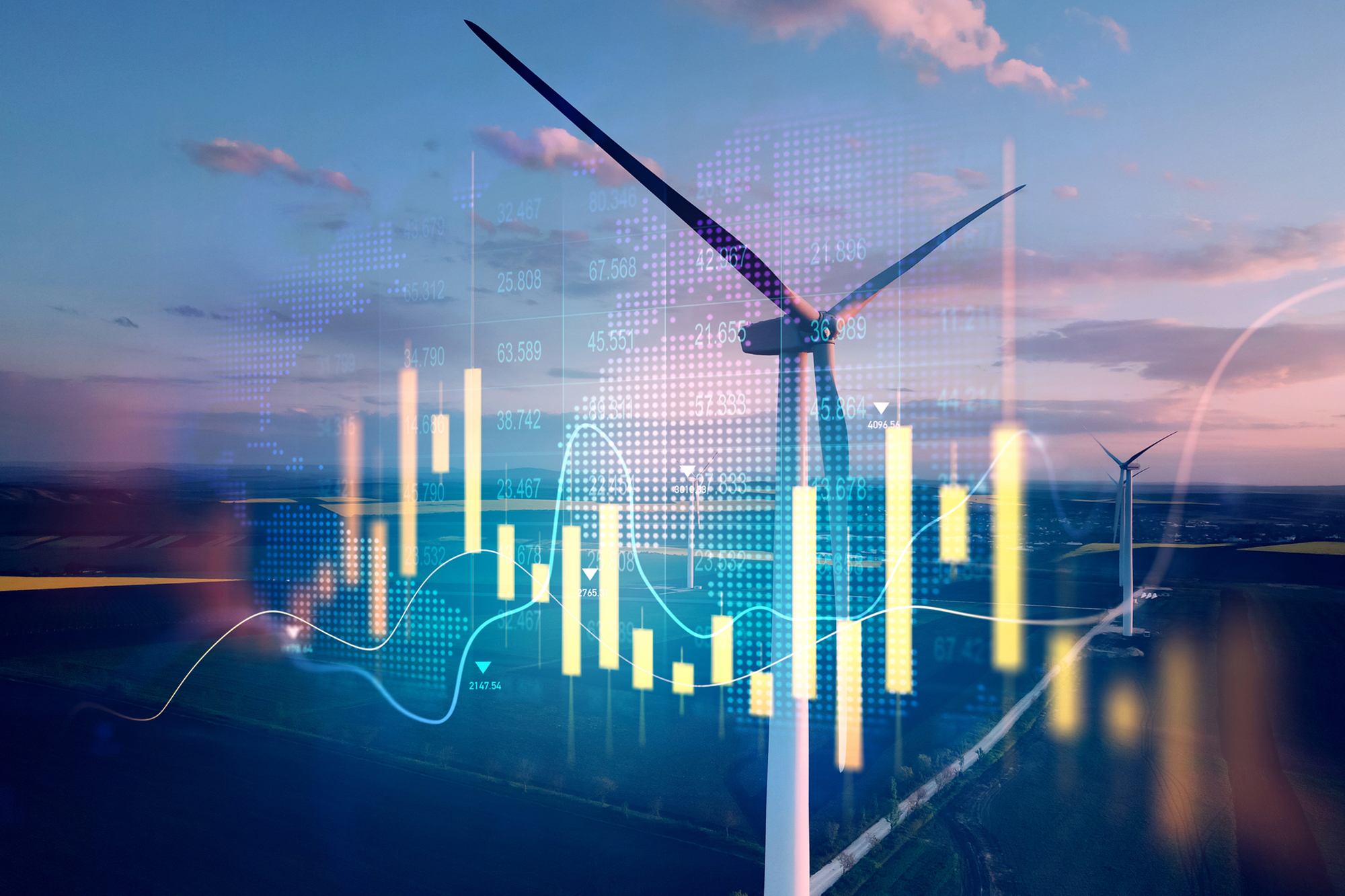Artificial intelligence (AI) is now inescapable, a subject discussed around the globe. AI’s growth has been met with both excitement and concern across several industries. Yet AI also has a role to play in the environmental world. The technology has the potential, for example, to solve complex problems in the context of combating global climate change. AI can also expedite technological advances, speed the development of new and more sustainable materials, improve energy efficiency, inform disaster response, and forecast environmental processes like erosion, landslides, and weather patterns.
These advances do not come without risk. AI may contribute to job displacement across several industries, exacerbate resource and energy use, and increase the circulation of misinformation and bias. For these reasons, it is essential that AI is regulated in an ethical and responsible manner to ensure the safety and protection of public interest.
Cary Coglianese, Penn Carey Law professor of law and political science, and Benjamin C. Lee, professor of electrical and systems engineering and computer and information science at the School of Engineering and Applied Science, discuss the impact of AI on environmental challenges.
“We’re entering an era where we have to optimize our natural resources, such as water, clean air, fertile soil, and precious metals,” says Coglianese. “There are all sorts of resource scarcity and optimization problems where artificial intelligence can really help us.”
“I could go on with a number of examples where AI prediction forecasting is important for issues such as flood management, storm responses, and reducing global carbon emissions,” he adds. “AI can generate complex forecasts to model future scenarios in real-time. All sorts of climate resilience and adaptation work would benefit from artificial intelligence as well.”
In regards to the energy consumption of AI, Lee says, “Looking at massive high-performance data centers, like the ones built by Google or Amazon, the question is: ‘How much energy is being used to power these data centers, and how rapidly is that number growing?’ Researchers have found that as a percentage of total energy, information technology accounts for only 1% globally and has not changed over the past few years. One percent is big, but it’s not huge, and people are surprised to learn that the growth in energy usage has not been much larger. Big technology companies have achieved economies of scale with their data centers, which has improved energy efficiency and kept costs low for data center computing. At the same time, AI is certainly driving a lot of new data center construction at, for example, Microsoft. I would be surprised if, five to 10 years from now, we are still at 1% of total energy.”
This story is by Molly Flanagan. Read more at the Environmental Innovations Initiative.








